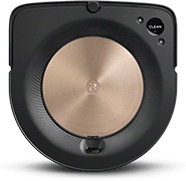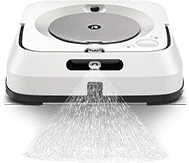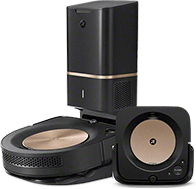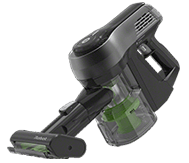How To Choose the Right Size Purifier
There are many considerations to factor in when purchasing an air purifier: the particular contaminants in your home, HEPA rating, and noise level, just to name a few. One aspect that isn’t always considered is the size of the air purifier.
Even the highest quality air purifier won’t be effective if it’s not the right size for the intended area. Fortunately, there are some simples ways to make sure you get the best-sized air purifier for your needs.
Decide where in the house you want to use the air purifier
Before you begin the process of purchasing an air purifier, it’s important to know exactly how much space you’d like to have covered.
Are you looking to purify the air within a single room? Multiple rooms? An entire house? Once you know the specific areas, take measurements of the length and width of the room you wish to purify.
CADR ratings can be a useful guide
CADR stands for Clean Air Delivery Rate. It’s recognized by both the U.S. Environmental Protection Agency (EPA) and the American Lung Association.
CADR indicates how much air is filtered in an hour for three particular pollutants (smoke, pollen, and dust) in Cubic Feet Per Minute (CFM). The higher the CADR number, the faster the air purifier filters the air.
So, the biggest air purifiers must be best, right?
Not necessarily! Buying an air purifier that is too big for your room is an unnecessary waste of money and energy. Doing some simple math can help you find just the right size unit for your room.
Follow the ⅔ Rule
Generally, the CADR of your air purifier should be equal to at least two-thirds of the room’s area.
So, for example, a room that is 15 feet by 10 feet has an area of 150 square feet. ⅔ of 150 is 100, so an air cleaner for that room should have a smoke CADR of at least 100.
But if math isn’t your thing…
There are online calculators available to help determine the minimum CADR you’d need for each particular room.
Is it really that simple?
To get a more precise CADR, the ceiling height should also be taken into account. You would do this by using the 3 x rule of thumb.
So, for instance… consider you were looking to find the minimum CADR for that same 15ft x 10ft room, but now you are also factoring in the ceiling height of 8 feet. First, you would determine the volume of the room (15ft x 10ft x 8ft = 1,200 cubic feet). Using the 3x rule of thumb, you would then multiply the volume of the room by 3 (1,200 cubic feet x 3= 3,600 cubic feet per hour). To translate cubic feet per hour, divide by 60 (3,600cfph/60 =60 cfpm). So, the minimum CADR for a given pollutant in that room would be 60.
Since CADR are only meant to be a guideline, ceiling height isn’t strictly necessary for determining what size purifier you need, but it does give an extra degree of specificity, especially if you have higher-than-normal sized ceilings.
Do your research.
Once you have determined the target CADR you’re looking for, you can begin to narrow down your options. Fortunately, air purifier technology has increased dramatically over the last few years, so, once you know what size you need, finding the right air purifier for your specific needs shouldn’t be too hard.
This post was originally published on April 10, 2020, and was last edited on October 3, 2022.




